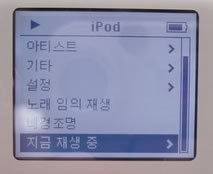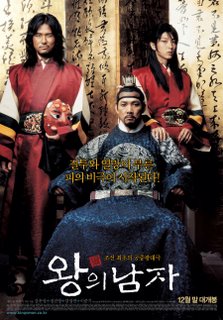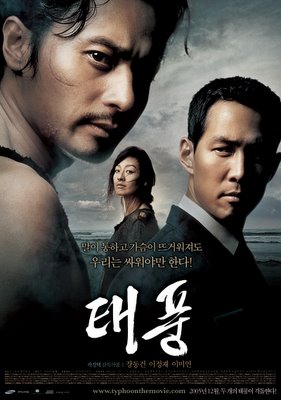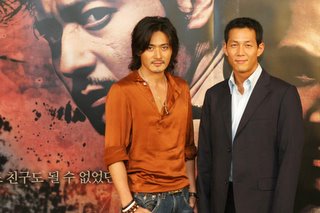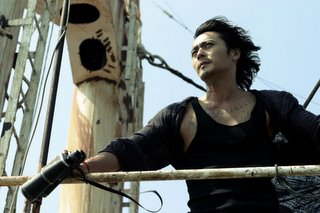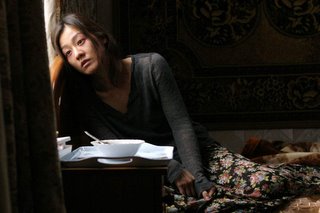Hollywood trying to stop the Korean Wave?
http://times.hankooki.com/lpage/culture/200601/kt2006012617233511720.htm
Local filmmakers [Thursday] voiced their strong opposition to the government's plan to reduce the quota system that protects local films, saying that they will take every possible measure to resist the plan.
The whole point of the quota system was to make it so that the Korean film industry can come to a point where they can compete with Hollywood films. I think it's been quite successful, especially with the recent success of 왕의남자 and 태풍.
My view is that the Korean film industry won’t be immediately up in arms. Ultimately, its survival will depend on whether the studios can still produce movies that excite the public mind and draw them to the theaters. One way to do continue its success is to keep telling stories that are Korean rather than making it Hollywood. I think this is what hurt the Hong Kong industry, in that they were constantly trying to westernize their movies and base a movie’s success just on the popularity of a star. What makes the Korean film industry so successful is that they sell a movie on solid scripts and acting. Ironically enough, the Korean movies that are popular outside Korea are the ones with the famous stars. Critically praised movies like Old Boy did not do well, yet the movie 외출 (April Snow), which was panned with bad reviews did amazing in Japan, riding solely on the fact that it starred 배용준 (Bae Yong Jun), a Korean actor who has practically a god-like status in Japan.
However, I think it can be tempting for Korean film makers to try to make movies that appease the Chinese and Japanese audience because those markets are huge.
Compared to other Asian countries, Koreans are quite nationalistic and I doubt they would give up on their films so easily. The Korean movie industry got to where it was because it has systematic backing and upgrading in all levels as well as the talents both young and old that made it competitive and noteworthy.
With that said, hopefully the Hollywood machine will practice fair trade. I sure hope Korean movies can compete head to head in the long run. As of now, Korea's film industry is strong enough to compete head to head with Hollywood. If they succeed it'll just make them stronger than ever. However, we can look at other countries that faced the same problem and their film industries are dead. See Mexico, Taiwan, and almost France (who protected themselves with a quota).




